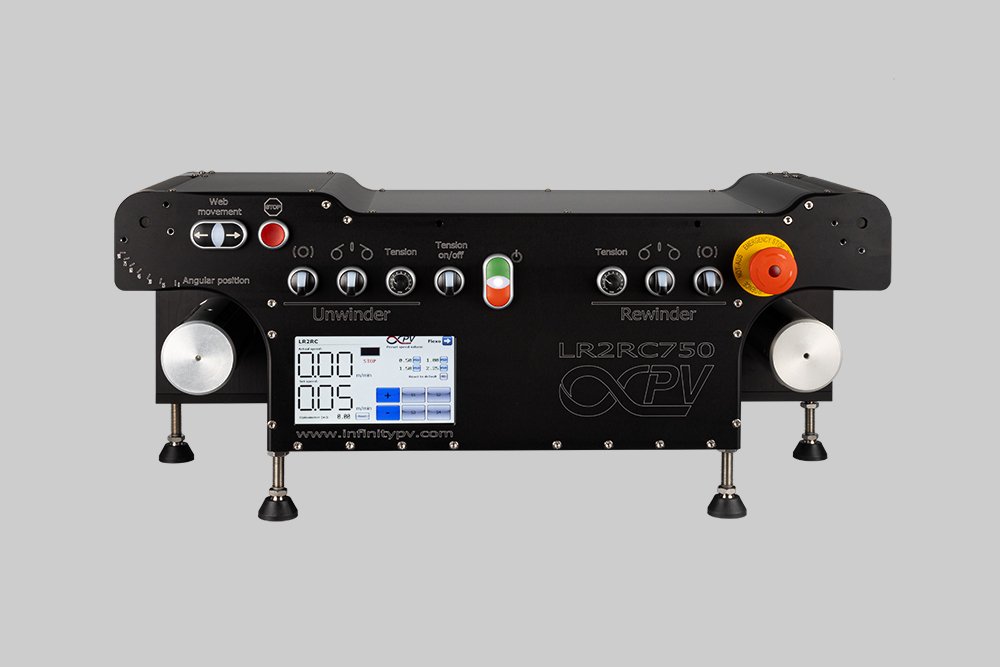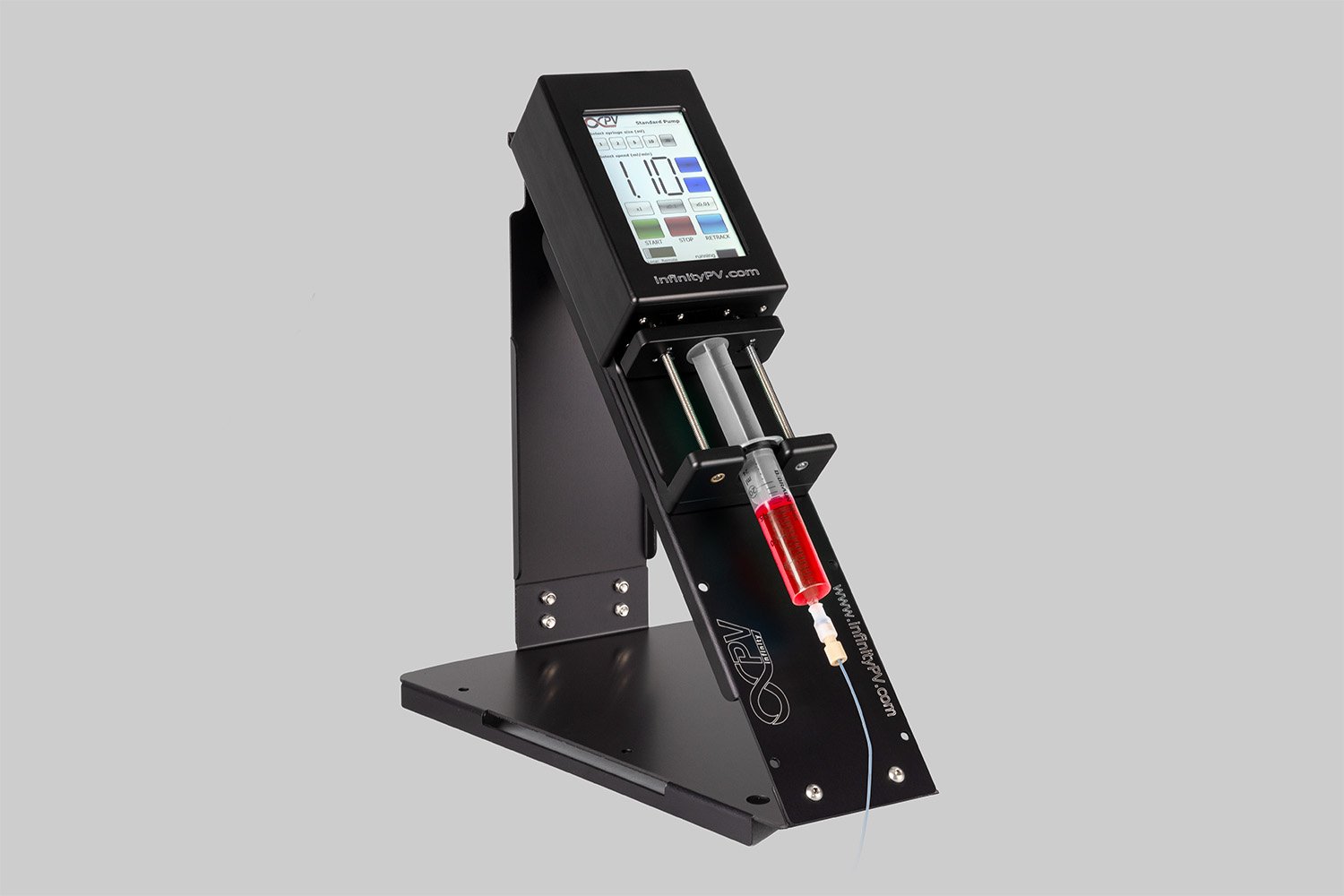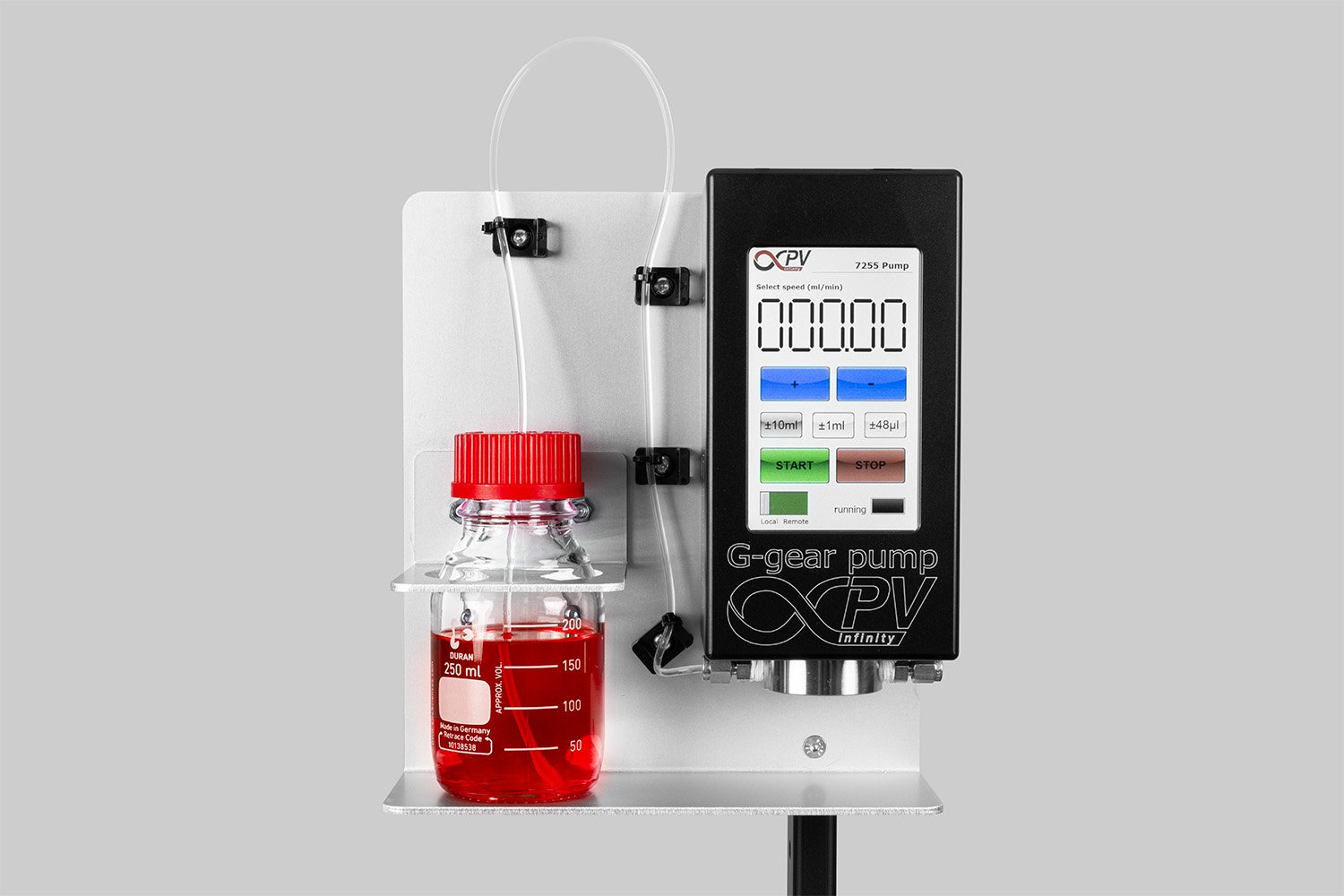Revolutionizing Solar Energy: Efficient Perovskite Sub-Modules Made in Ambient Air
Revolutionizing Solar Energy: Efficient Perovskite Sub-Modules Made in Ambient Air
In the world of solar technology, perovskite solar cells (PSCs) have been gaining attention due to their high efficiency and potential to revolutionize the renewable energy landscape. However, a significant challenge has been scaling these high-performing cells from the lab to real-world, large-area applications. A recent study addresses this issue head-on by successfully fabricating large perovskite solar sub-modules in ambient air using innovative manufacturing techniques, marking a pivotal step toward making this technology industrially viable.
The Challenge of Scaling Up Perovskite Solar Cells
Perovskite solar cells have shown remarkable efficiencies in the lab, with small-scale cells (less than 1 cm²) achieving up to 26.1% efficiency. However, scaling up to larger sizes, such as mini-modules (less than 200 cm²) and sub-modules (200–800 cm²), typically results in significant efficiency losses—up to 36%. The primary reasons for this drop include difficulties in maintaining uniformity across larger areas, defects at grain boundaries, and increased losses due to the transparent conductive oxide (TCO) substrates used in these devices.
Most previous attempts to create larger modules have relied on lab-scale methods performed in controlled environments like glove boxes, which are costly and not suitable for mass production. To truly harness the potential of perovskite solar technology for industrial use, researchers needed to find a way to fabricate large modules in a scalable, cost-effective, and environmentally friendly manner.
It’s easy to create solar cells using the Slot-die Coater.
A Breakthrough in Fabrication: Hybrid Meniscus Coating in Ambient Air
In this study, researchers achieved a significant breakthrough by fabricating a large perovskite sub-module (320 cm² total area, 201 cm² aperture area) entirely in ambient air. They used a hybrid meniscus coating technique that combines blade coating and slot-die coating, two methods known for their scalability and potential for high-throughput manufacturing.
This approach allowed them to create highly uniform and reproducible perovskite layers, which are crucial for achieving high efficiency. To further enhance the performance of the sub-modules, the researchers employed phenethylammonium iodide (PEAI) passivation and added acetonitrile (ACN) to the perovskite precursor solution. These strategies helped suppress nonradiative recombination losses, improve charge carrier extraction, and control the growth of perovskite on the large surface, all of which contributed to the module’s high performance.
Key Results: Efficiency, Stability, and Sustainability
The fabricated sub-module achieved an impressive efficiency of 16.13%, with only a 7% loss compared to small-area cells and no efficiency loss compared to mini-modules. This level of efficiency is a significant achievement, considering the challenges typically associated with scaling up perovskite solar cells. Moreover, the module demonstrated excellent stability, remaining functional for over 3000 hours under standard dark storage conditions, as per the International Summit on Organic PV Stability (ISOS-D-1) standards.
In addition to performance and stability, the study also emphasized the sustainability of the fabrication process. The researchers conducted a life cycle assessment (LCA) to evaluate the environmental impact of their methods and materials. The results showed that the scaling-up operation not only reduced environmental impacts across all categories but also led to a more efficient use of resources. Compared to traditional lab-scale production methods, their approach reduced costs by approximately 40%, highlighting the economic benefits of scaling from mini-modules to larger sub-modules.
How to test solar cells using a source measure unit and solar simulator.
Implications for the Future of Solar Energy
This study represents a major step forward in making perovskite solar technology more practical and scalable for real-world applications. By demonstrating that large, efficient, and stable perovskite sub-modules can be fabricated outside of a glove box, the researchers have paved the way for more sustainable and cost-effective production methods that are suitable for industrial-scale manufacturing.
The implications of this work are significant. With further refinement and optimization, these scalable fabrication techniques could help bring perovskite solar modules to market more quickly and at a lower cost, accelerating the adoption of clean energy technologies worldwide. The study not only addresses the technical challenges of scaling up perovskite solar cells but also underscores the importance of considering environmental and economic sustainability in the development of new energy solutions.
As solar technology continues to evolve, innovations like these will be crucial in meeting global energy needs while minimizing environmental impact. By pushing the boundaries of what’s possible with perovskite solar cells, researchers are helping to build a more sustainable future powered by clean, efficient, and affordable solar energy.
Key Highlights:
Efficient Scaling: Achieved 16.13% efficiency with just 7% loss from small cells, zero loss compared to mini-modules.
Eco-Friendly Production: Sustainable methods reduce environmental impact and resource consumption.
Industrial Ready:Produced entirely in ambient air, bypassing the costly glove box processes.
Long-Term Stability: Tested and stable for over 3000 hours, meeting international standards.
Authors:
Luigi Vesce
Maurizio Stefanelli
Federico Rossi
Luigi Castriotta
Riccardo Basosi
Maria Laura Parisi
Adalgisa Sinicropi
Aldo Di Carlo

















Probably the World’s Most Compact R2R Slot-die Coater: A compact, fully integrated roll-to-roll coating platform for laboratories, complete with a mounting system, anodized rollers, a syringe pump, a 65 mm stainless slot-die head and an infrared oven system—delivering unmatched precision and scalability.